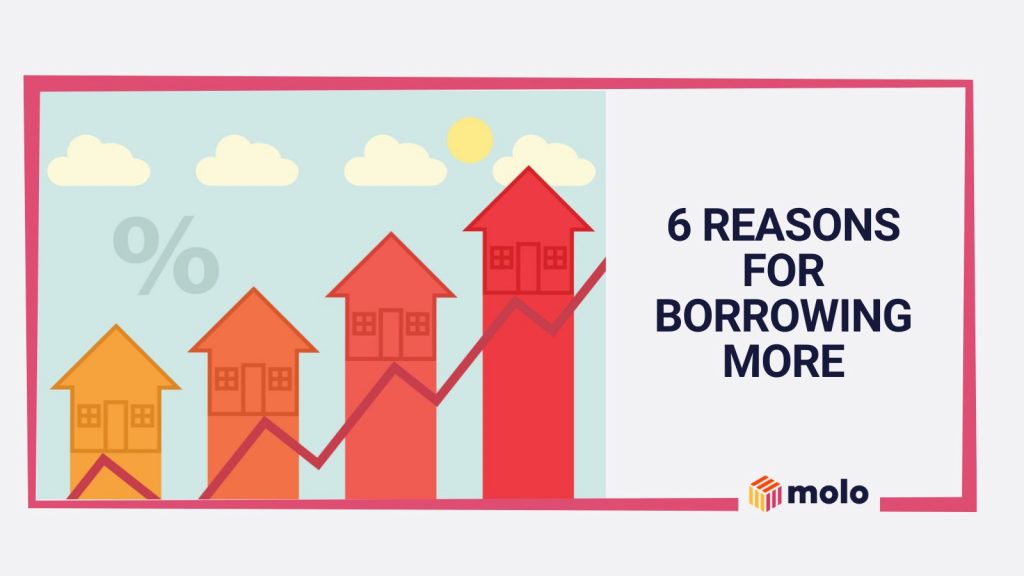Remortgaging with a new lender can help reduce your monthly mortgage payments or raise cash by releasing equity in your property. It typically happens at the end of your mortgage’s initial term, although you can remortgage at any time. Just bear in mind that remortgaging early may apply, if you remortgage before the terms ends.
There are two main ways to remortgage: either with your current lender or by moving to a new one. Here, we explain how to remortgage directly with a lender.
Reasons to remortgage to a new lender
Personal circumstances change over time, and remortgaging to a new lender gives you the opportunity to reassess your needs and choose a more suitable buy-to-let remortgage deal.
For example, you might want to switch to a longer-term fixed-rate mortgage so that your future outgoings are more predictable. Or you might decide to extend the length of your mortgage term so that your monthly outgoings are lower. You may even want to increase the size of your mortgage so you can release equity in your property and receive a lump sum cash payment to fund a major purchase.
Of course, you could remortgage with your existing lender. And some lenders may offer an attractive deal to encourage you to do so. But the mortgage market is extensive, competitive and ever-changing. So there’s a good chance you might find a more suitable mortgage deal with another lender. And for this reason, it’s always worth looking at alternative options and what other lenders offer when you remortgage.

Discover our deals
See how much you can borrow for an interest-only mortgage, with LTVs starting from 80%.
Remortgaging to avoid the Standard Variable Rate
When your current mortgage deal ends, your lender will automatically move you to their standard variable rate. This is usually more expensive than your current deal, and it could result in your monthly repayments increasing significantly.
Standard Variable Rates are also – you guessed it – variable, meaning that the lender could raise the rate at any time. This could result in an unstable future for your finances. So avoiding the Standard Variable Rate by remortgaging to a new lender could be an effective way of saving money and stabilising your outgoings.
Remortgaging to reduce your monthly payments
Because the mortgage market is so competitive – there are over 100 lenders in the UK offering many deals – you may find that there are mortgage deals available today which cost less than the deal you previously took out.
This is partly influenced by what’s going on in the wider economy – when interest rates are low, mortgage rates also tend to be low. But competition for customers is often such that lenders will try to offer the most affordable deal they can, while balancing their offer with the level of risk they’re prepared to take on.
This is largely based on the condition of the wider economy and an individual’s circumstances. So you may find deals available today that are more competitive than those on offer when you last took out a mortgage, even if the economy isn’t doing so well.
But even if today’s mortgage deals aren’t quite as affordable as your previous deal, you’ll still want to consider remortgaging to avoid lapsing onto your lender’s standard variable rate. In order to get a lower interest rate, you may decide to pay off some of your buy-to-let mortgage so that you have more equity in the property. More equity is likely to lead to a lower interest rate.
Remortgaging to release equity
Equity is the share of your property’s current value that you own outright – the part that isn’t covered by your mortgage.
For example, if you had a £150,000 mortgage on a property worth £200,000 then you’d own £50,000 worth of equity.
Over time, your property’s likely to increase in value. So, in theory, even if your mortgage stayed at £150,000 but your property increased in value to £220,000 then you’d own £70,000 worth of equity. This is known as capital appreciation and is an important metric for landlords when deciding to invest in a buy-to-let property.
Releasing equity works by effectively transferring part of the equity you own to your mortgage and receiving that amount in cash.
Continuing our example, if you released £20,000 of your current £50,000 equity, your £150,000 mortgage would increase to £170,000, your equity would reduce to £30,000 and you’d receive £20,000 in cash to spend as you please.
Releasing equity is popular with those approaching or already in retirement, but it can be done at any time. So you could use it to:
- Remortgage for property improvements
- Remortgage for an extension
- Remortgage to buy a another buy-to-let property

Discover our deals
See how much you can borrow for an interest-only mortgage, with LTVs starting from 80%.
Final words: remortgaging to a new lender
The good news is that you have options for remortgaging, whether it’s with your current lender or a new one. But before you sign on the dotted line with your current lender, it’s worth exploring the market for better offers. Who knows; you might just find a better mortgage deal that’s ideal for your needs.



